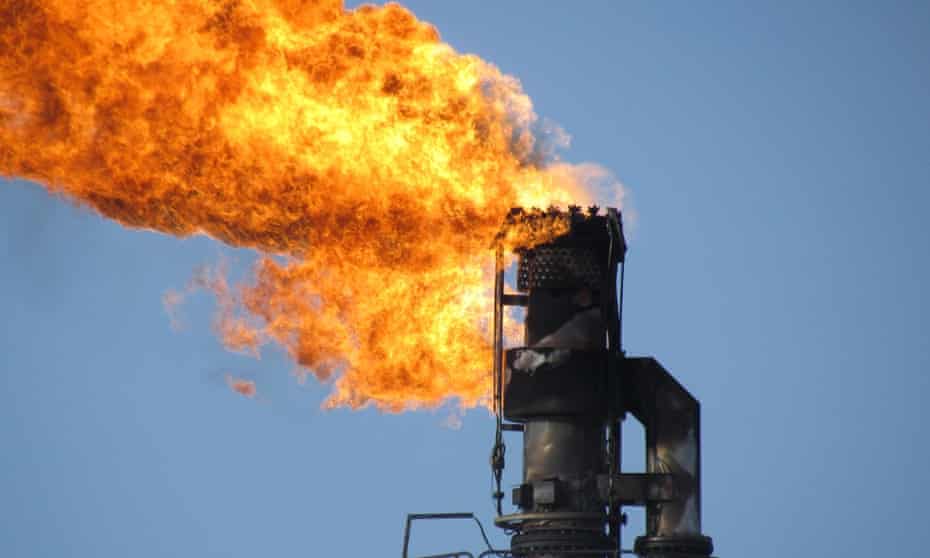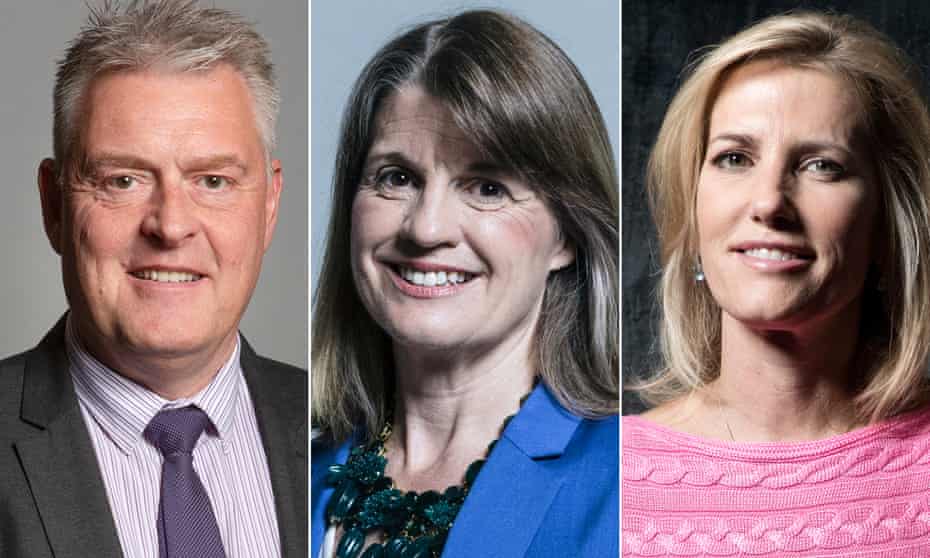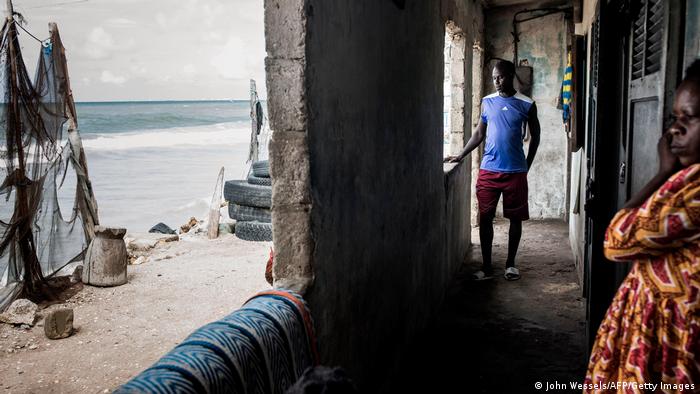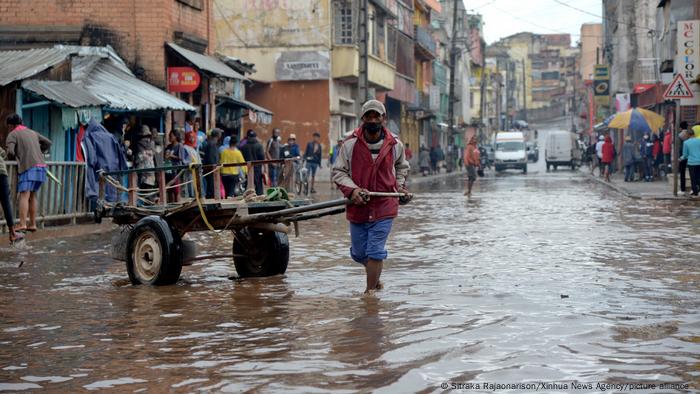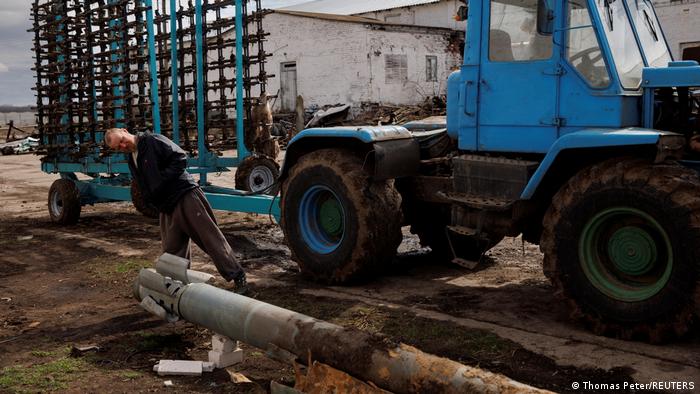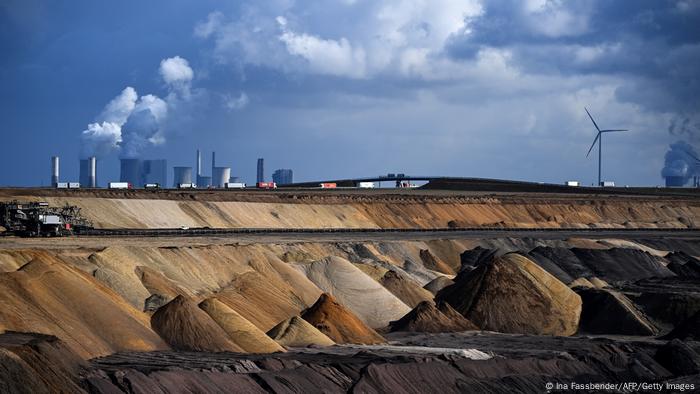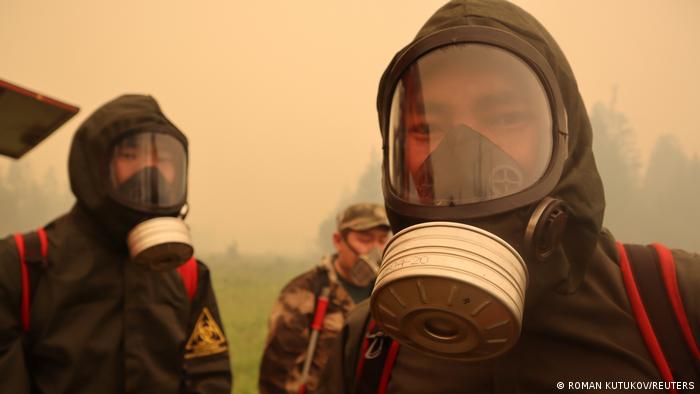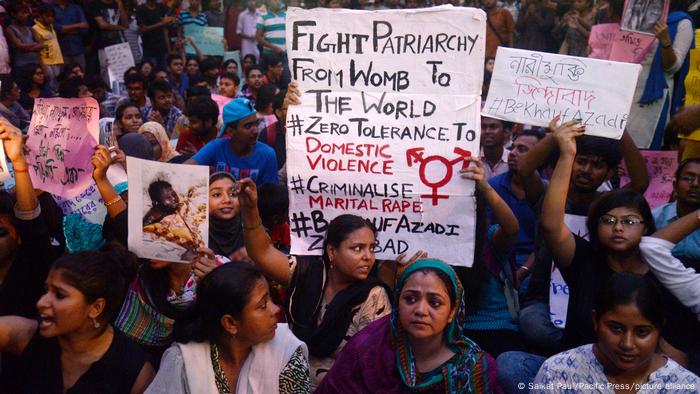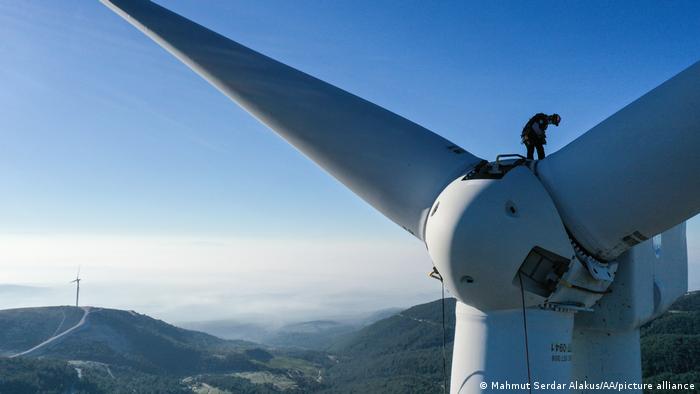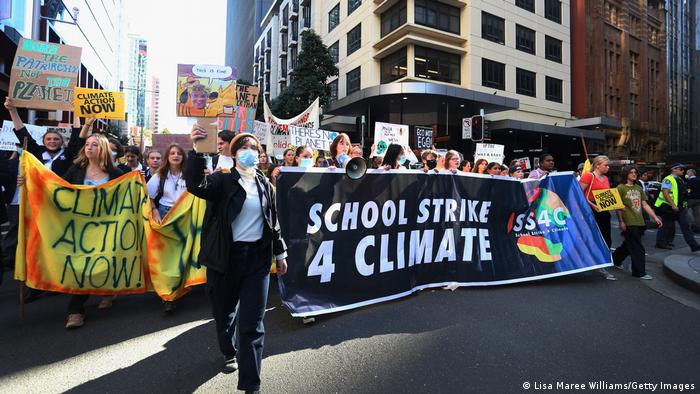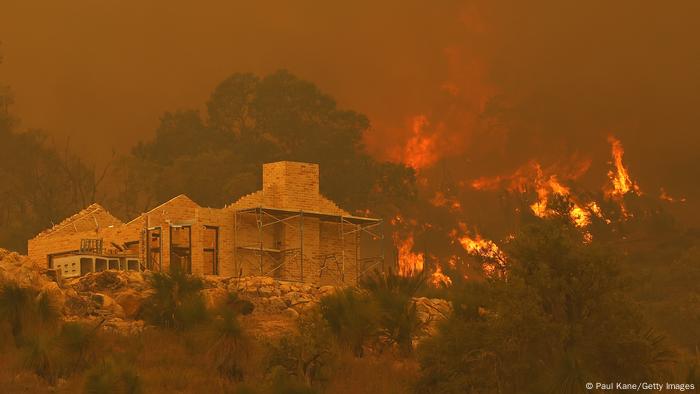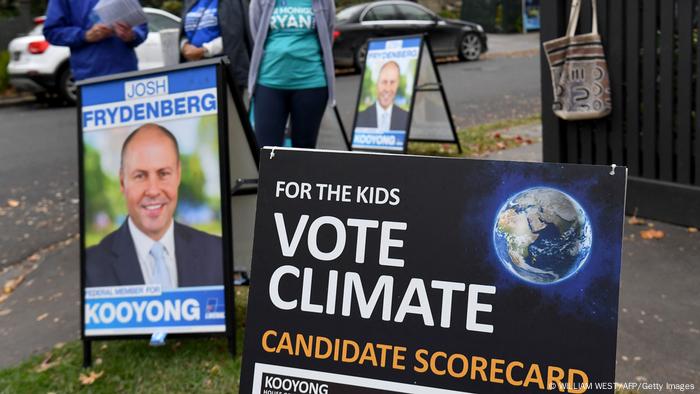
A skull overlooks Mablethorpe beach, and a throwback to the Campaign for Nuclear Disarmament protests of the 1980s. Photograph: John Robertson/The Guardian
Promises of jobs and investment are doing little to convince a remote Lincolnshire community to agree to hosting the country’s nuclear waste
Sandra Laville
Promises of jobs and investment are doing little to convince a remote Lincolnshire community to agree to hosting the country’s nuclear waste
Sandra Laville
Tue 17 May 2022
On the unspoilt Lincolnshire coast, where dog walkers enjoy the five miles of golden sandy beach and families take holidays in the caravan parks beyond the dunes, the efforts of British politicians to persuade the public nuclear energy is green, safe and clean do not seem to be gaining traction.
A skull glowers down from the sand dunes on to Mablethorpe Beach, a portent of death and destruction, and a throwback to the Campaign for Nuclear Disarmament protests of the 1980s.
It is here, in a 24-hectare (60-acre) disused gas terminal bordering the beach, that Boris Johnson’s big bet on nuclear energy is being tested. Experts on nuclear waste have said that until the UK builds a large underground nuclear waste dump or geological deposit facility (GDF) to safely store the 700,000 cubic metres of radioactive waste from the country’s 20th-century nuclear programme, no new nuclear plants should be created.
It is a problem that has dogged the development of nuclear energy not only in the UK, but across Europe and in the US: how to safely and permanently store the back end of the nuclear fuel cycle. The solution of a GDF was put forward nearly 50 years ago, but the UK is no nearer to putting spades into the ground, and the cost of decommissioning and disposing of the country’s radioactive waste has risen to £131bn.
On the unspoilt Lincolnshire coast, where dog walkers enjoy the five miles of golden sandy beach and families take holidays in the caravan parks beyond the dunes, the efforts of British politicians to persuade the public nuclear energy is green, safe and clean do not seem to be gaining traction.
A skull glowers down from the sand dunes on to Mablethorpe Beach, a portent of death and destruction, and a throwback to the Campaign for Nuclear Disarmament protests of the 1980s.
It is here, in a 24-hectare (60-acre) disused gas terminal bordering the beach, that Boris Johnson’s big bet on nuclear energy is being tested. Experts on nuclear waste have said that until the UK builds a large underground nuclear waste dump or geological deposit facility (GDF) to safely store the 700,000 cubic metres of radioactive waste from the country’s 20th-century nuclear programme, no new nuclear plants should be created.
It is a problem that has dogged the development of nuclear energy not only in the UK, but across Europe and in the US: how to safely and permanently store the back end of the nuclear fuel cycle. The solution of a GDF was put forward nearly 50 years ago, but the UK is no nearer to putting spades into the ground, and the cost of decommissioning and disposing of the country’s radioactive waste has risen to £131bn.

The disused gas terminal that would become the onshore part of the GDF.
Photograph: John Robertson/The Guardian
When the prime minister recently promised eight new nuclear plants in as many years, the problem of the highly radioactive waste they would add to the stockpile was not mentioned.
It is, however, something very much at the forefrontof the minds of those living in the remote Lincolnshire village of Theddlethorpe and the neighbouring town of Mablethorpe.
Residents learned the seaside resort could become home to a vast nuclear dump – not from officials, but when a local BBC news programme broke the story, revealing talks had been taking place for two years.
The gas terminal site is under consideration for the onshore facility and the dump would be dug six miles off Mablethorpe Beach, between 200 and 1,000 metres below the sea. It would be made up of subterranean tunnels and vaults, with natural and artificial barriers to minimise the escape of radioactivity, according to documents from Radioactive Waste Management, now part of the Nuclear Waste Services (NWS).
Inside, the waste from the past 50 years of nuclear programmes, most of which is temporarily stored at Sellafield in Cumbria, would be deposited and sealed off for ever. The dump would also have room for another 73,000 cubic metres of waste from a new nuclear programme of up to 16GW.
When the prime minister recently promised eight new nuclear plants in as many years, the problem of the highly radioactive waste they would add to the stockpile was not mentioned.
It is, however, something very much at the forefrontof the minds of those living in the remote Lincolnshire village of Theddlethorpe and the neighbouring town of Mablethorpe.
Residents learned the seaside resort could become home to a vast nuclear dump – not from officials, but when a local BBC news programme broke the story, revealing talks had been taking place for two years.
The gas terminal site is under consideration for the onshore facility and the dump would be dug six miles off Mablethorpe Beach, between 200 and 1,000 metres below the sea. It would be made up of subterranean tunnels and vaults, with natural and artificial barriers to minimise the escape of radioactivity, according to documents from Radioactive Waste Management, now part of the Nuclear Waste Services (NWS).
Inside, the waste from the past 50 years of nuclear programmes, most of which is temporarily stored at Sellafield in Cumbria, would be deposited and sealed off for ever. The dump would also have room for another 73,000 cubic metres of waste from a new nuclear programme of up to 16GW.

An anti-nuclear garden decoration outside a house in Theddlethorpe.
Photograph: John Robertson/The Guardian
The revelations sparked a grassroots protest which appears to have spread quickly among the retired population, many of whom moved to the area for its coastal beauty. Anti-nuclear signs dominate country lanes, skeletons have been erected on the beach and outside homes, and a series of public meetings have been held over the past eight months by a group called Guardians of the East Coast.
“I was totally shocked when we found out,” says Sara Bright, who lives in Mablethorpe. “This area was just not somewhere we ever thought they would put a nuclear dump. This is a tourist area, we have this beautiful beach, there is investment in tourism here. We rely on that tourism income and the idea that they could consider putting a nuclear dump here is just shocking to me.”
It is responses such as these that have repeatedly seen off attempts to build an underground dump for nuclear waste in the UK.
One nine years ago in Cumbria was rejected after an impassioned campaign by environmentalists and local people. This time, however, the approach has been different, NWS says. The government agency privately acknowledges that attempts in the past to find a site for the dump have been shrouded in secrecy.
This area was just not somewhere we ever thought they would put a nuclear dump. This is a tourist areaSara Bright, from Mablethorpe
Any location for a GDF has to be based on science, the geology of the area and the technical requirements of a mammoth engineering project. Crucially, though, the community that will host it must also be supportive. This time, NWS invited communities to put their area forward.
Four areas have identified themselves as willing to consider hosting the facility – Allerdale, Mid Copeland and South Copeland in Cumbria, and Theddlethorpe.
NWS promises the community that hosts the dump will benefit from great economic development opportunities including jobs and investment in roads and railways. In Cumbria, where a million-pound pot has been made available for local projects, a trickle of the promised stream of money has begun flowing: £47,801 on a BMX pump track at Seascale, £9,576 for the Beckermet reading and recreation rooms and £8,122 for an electronic scoreboard at Seascale cricket club.
In Lincolnshire a community partnership is in the process of being set up.
The revelations sparked a grassroots protest which appears to have spread quickly among the retired population, many of whom moved to the area for its coastal beauty. Anti-nuclear signs dominate country lanes, skeletons have been erected on the beach and outside homes, and a series of public meetings have been held over the past eight months by a group called Guardians of the East Coast.
“I was totally shocked when we found out,” says Sara Bright, who lives in Mablethorpe. “This area was just not somewhere we ever thought they would put a nuclear dump. This is a tourist area, we have this beautiful beach, there is investment in tourism here. We rely on that tourism income and the idea that they could consider putting a nuclear dump here is just shocking to me.”
It is responses such as these that have repeatedly seen off attempts to build an underground dump for nuclear waste in the UK.
One nine years ago in Cumbria was rejected after an impassioned campaign by environmentalists and local people. This time, however, the approach has been different, NWS says. The government agency privately acknowledges that attempts in the past to find a site for the dump have been shrouded in secrecy.
This area was just not somewhere we ever thought they would put a nuclear dump. This is a tourist areaSara Bright, from Mablethorpe
Any location for a GDF has to be based on science, the geology of the area and the technical requirements of a mammoth engineering project. Crucially, though, the community that will host it must also be supportive. This time, NWS invited communities to put their area forward.
Four areas have identified themselves as willing to consider hosting the facility – Allerdale, Mid Copeland and South Copeland in Cumbria, and Theddlethorpe.
NWS promises the community that hosts the dump will benefit from great economic development opportunities including jobs and investment in roads and railways. In Cumbria, where a million-pound pot has been made available for local projects, a trickle of the promised stream of money has begun flowing: £47,801 on a BMX pump track at Seascale, £9,576 for the Beckermet reading and recreation rooms and £8,122 for an electronic scoreboard at Seascale cricket club.
In Lincolnshire a community partnership is in the process of being set up.
Jon Collins, a former leader of Nottingham city council and the independent chair of a working party set up in Theddlethorpe to decide on the GDF, has been holding meetings to provide information and answer questions from local people for several months. “If this was just a process of someone trying to sell an idea to the community I would not have been interested in taking part,” he says. “What I think is really interesting in public opinion terms is that sense of this is a big infrastructure project and it has got local implications; we need to work with the community and we are asking the community to make a judgment on this at the end of the process and if people don’t want it then it doesn’t happen.
“We talk to people about safety, about why the area is being considered and what kind of timescale we are talking about,” he says. “Most people are reasonably open minded, some people are pretty much not in favour and some are concerned about the potential impact locally.”

Ruth Gathercole, Brian Swift and Ken Smith of Guardians of the East Coast.
Photograph: John Robertson/The Guardian
An initial assessment has concluded that the Lincolnshire site has the potential to host a GDF. Acknowledging the natural beauty of the area, NWS promises it will contribute to protecting conservation areas around the site and incorporate flood mitigation measures.
The agency has also attempted to placate those who complain the dump will kill tourism in the area. “There may be an opportunity to create a GDF/scientific centre of excellence, which itself could generate significant visitor traffic and even become a tourism point of interest,” the assessment says.
For the Mablethorpe councillor and Labour leader on East Lindsey district council, Tony Howard, NWS’s promises on behalf of government are nothing more than a bribe. “Suddenly they want us to have a nuclear dump and they are promising us railways, roads, local jobs. It’s just 30 pieces of silver, a bribe, the idea that everyone is going to go from selling burgers in the summer to becoming nuclear experts and working on this site is ridiculous. There will be specialists brought in to do the work.”
An initial assessment has concluded that the Lincolnshire site has the potential to host a GDF. Acknowledging the natural beauty of the area, NWS promises it will contribute to protecting conservation areas around the site and incorporate flood mitigation measures.
The agency has also attempted to placate those who complain the dump will kill tourism in the area. “There may be an opportunity to create a GDF/scientific centre of excellence, which itself could generate significant visitor traffic and even become a tourism point of interest,” the assessment says.
For the Mablethorpe councillor and Labour leader on East Lindsey district council, Tony Howard, NWS’s promises on behalf of government are nothing more than a bribe. “Suddenly they want us to have a nuclear dump and they are promising us railways, roads, local jobs. It’s just 30 pieces of silver, a bribe, the idea that everyone is going to go from selling burgers in the summer to becoming nuclear experts and working on this site is ridiculous. There will be specialists brought in to do the work.”
The idea that everyone is going to go from selling burgers to becoming nuclear experts and working on this site is ridiculousTony Howard, Labour councillor
He questions the very idea that nuclear energy is green, clean and safe at all. “We know very well in this area the dangers of nuclear, every year we host children from Chernobyl who come to the seaside for a holiday. We are fully aware that if things go wrong at a site like this, they stay wrong permanently and that does not sit well with trying to promote the town as a place with a superb beach which is wonderful for families. It jars.
“We should be investing in solar, wind, desalination. This site would be perfect for that. Nuclear is a folly.”
Ken Smith of Guardians of the East Coast is worried that the process of reaching a decision could take up to 15 years. “In that time tourist investment will drain away. Why would you want to invest in a caravan park if you think a nuclear dump is going to be built next to it? This whole process should stop right now.”
As the tourist season in Mablethorpe begins, NWS appears to be spreading its bets, seeking other areas to come forward.
Its director for community engagement and siting, Simon Hughes, says: “The UK search for a suitable site is about engaging in dialogue with communities and building an understanding of what hosting a GDF might mean for them, so that we can all make an informed decision.
“The previous process was very rigid and demanded decisions were made at set points and before all the information was available. The new process allows communities to engage in a much more flexible way, allowing questions to be answered without commitment. Communities also have the option to withdraw from the process at any time and will have to give explicit consent before construction can commence. If the local community doesn’t want it, it won’t happen.
“With over 60 years of legacy waste currently stored temporarily in surface sites around the country, developing a GDF is about delivering a safe, secure and environmentally sound long-term solution that protects current and future generations, ensuring it works for the host community and the country as a whole.”
